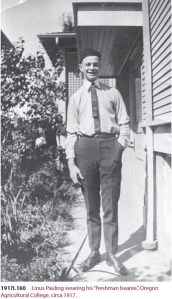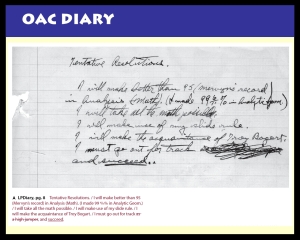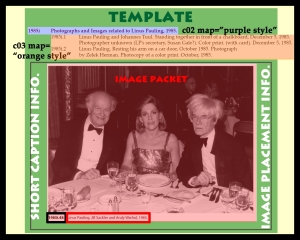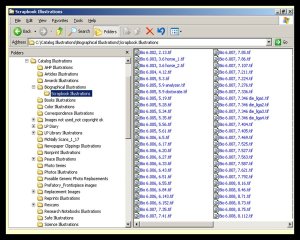[Part 9 of 9]
“[The Pauling Catalogue] constitutes an invaluable resource for historians of science and chemistry, scholars of science policy, and advocates of the peace movement, along with practicing chemists and scientists interested in the history of their fields, especially during the 20th century. It belongs in every academic library.”
George B. Kauffman, California State University, Fresno. The Chemical Educator, (2007): 12, 4, Media Reviews. http://chemeducator.org/bibs/0012004/12070303mr.htm
“The catalog is ideal for historians of science, and is engaging for browsing by chemists, students, and general readers….Highly recommended.”
A. Viste, emeritus, Augustana College. CHOICE, 45-0288, (September 2007).
“For the illustrations alone, nearly twelve hundred of them, anyone interested in Pauling’s life should buy the catalogue . . .”
Jack Dunitz, ETH-Zürich, Switzerland. Bulletin for the History of Chemistry, Vol. 33, No. 1 (2008): 45-46.
“[Pauling’s] concern for the humanitarian and ethical consequences of scientific discovery add an extra dimension of analysis for historians of science. It is fitting that his archivists have now published one of the finest catalogs for the papers of an individual scientist….The Pauling Catalogue is well worth the $125 purchase price and is a must-have for any Pauling researcher or university library.”
Gregory J. Morgan and Emily A. Jones, Spring Hill College. Journal of the History of Biology, Vol. 41, No. 2 (June 2008): 403-406.
“Perhaps one of the largest personal archives in the world, the collection contains Pauling’s extensive scientific papers on structural chemistry, molecular biology, and nutrition. The collection also documents the Paulings’ long-standing and mutual devotion to world peace, civil liberties, and nuclear nonproliferation — a devotion that led Linus to become the recipient of two unshared Nobel prizes…”
Patrick Shea. Chemical Heritage Newsmagazine, Winter 2007/8, Vol. 25, No. 4. http://www.chemheritage.org/pubs/magazine/review_peterson.html
“One can go on, picking raisins from a rich cake — six rich cakes containing many thousand raisins and plums. It must be made clear; the Catalogue is not a biography, far from it. For that the best offering is probably still Thomas Hager‘s 1995 Force of Nature: The Life of Linus Pauling, but it provides an immense amount of information about Linus Pauling and his times and will be the invaluable source of material for future biographies, especially those that will be written when we, the people who knew Pauling, listened to him, and learned from him, have passed on.”
Jack Dunitz, Bull. Hist. Chem., 2008.
The Pauling Catalogue is available for purchase at http://paulingcatalogue.org
Filed under: The Pauling Catalogue | Tagged: Ava Helen Pauling, Crellin Pauling, Jack Dunitz, Linus Pauling, media reviews, Pauling Catalogue, Peter Pauling | 6 Comments »













































